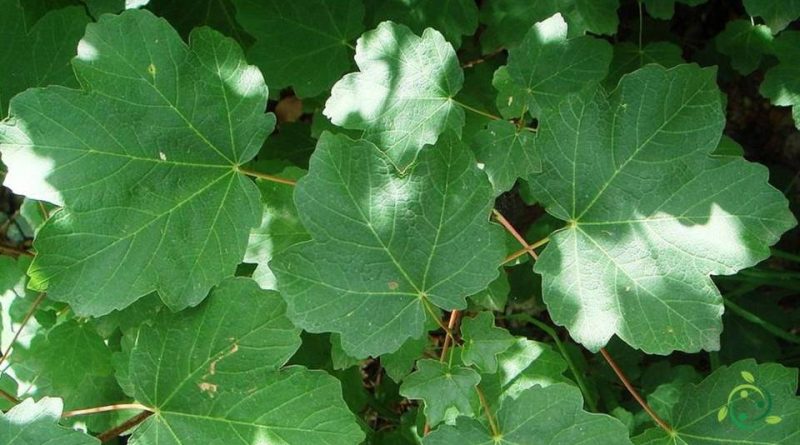How the Italian maple is grown
How the Italian maple is grown
The Italian maple (Acer opalus Mill.) is a tree of the Sapindaceae family, native to southern Europe, from Spain and France to the Balkans. In Italy it is present in the center-south, excluding Sardinia.
The reproductive structures of this plant are hermaphrodite flowers gathered in terminal and pendulous corymbs, they develop before the leaves. The fruits are pendulous with wings spread at right angles.
Cultivation –
To be cultivated, the Italian maple should be placed in an area similar to that of its origins.
This plant in fact prefers temperate climates characterized by winters that are not excessively rigid; it is however a very cold resistant plant, able to tolerate temperatures down to about -25 ° C when it is dormant.
However, this plant grows best in full sun, tolerating partial shade and develops in most soils but which retain a good degree of humidity as its root system is expanded laterally and with secondary roots that enter deeply.
In general it is an easy to cultivate plant that grows best on calcareous, well drained and stony soils; it also develops well on clayey soils that are not excessively compact, while it suffers in acid soils.
Propagation occurs by seed which must be used as soon as it is ripe and which can germinate slowly but in the following spring, especially in more rigid climates.
Uses –
Acer opalus is a plant that is generally little used as a forest essence and little used as an ornamental essence.
The plant is visited by bees for pollen and nectar.
However, its wood is very valuable and is used for carpentry and lutherie work.

